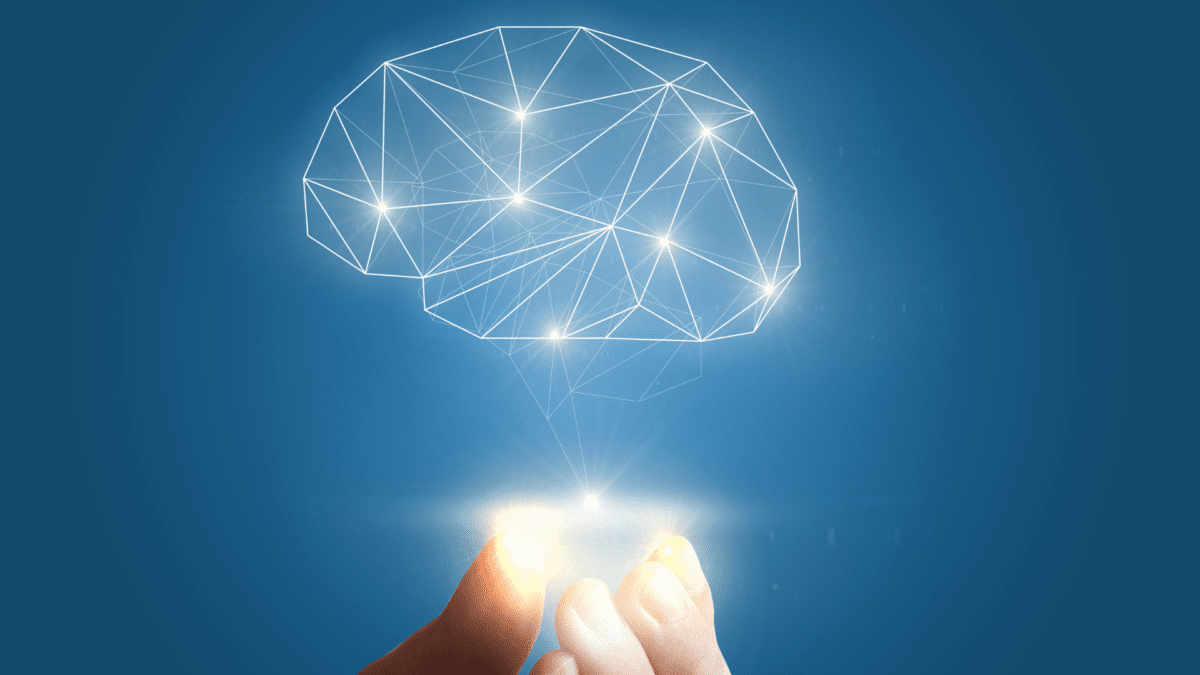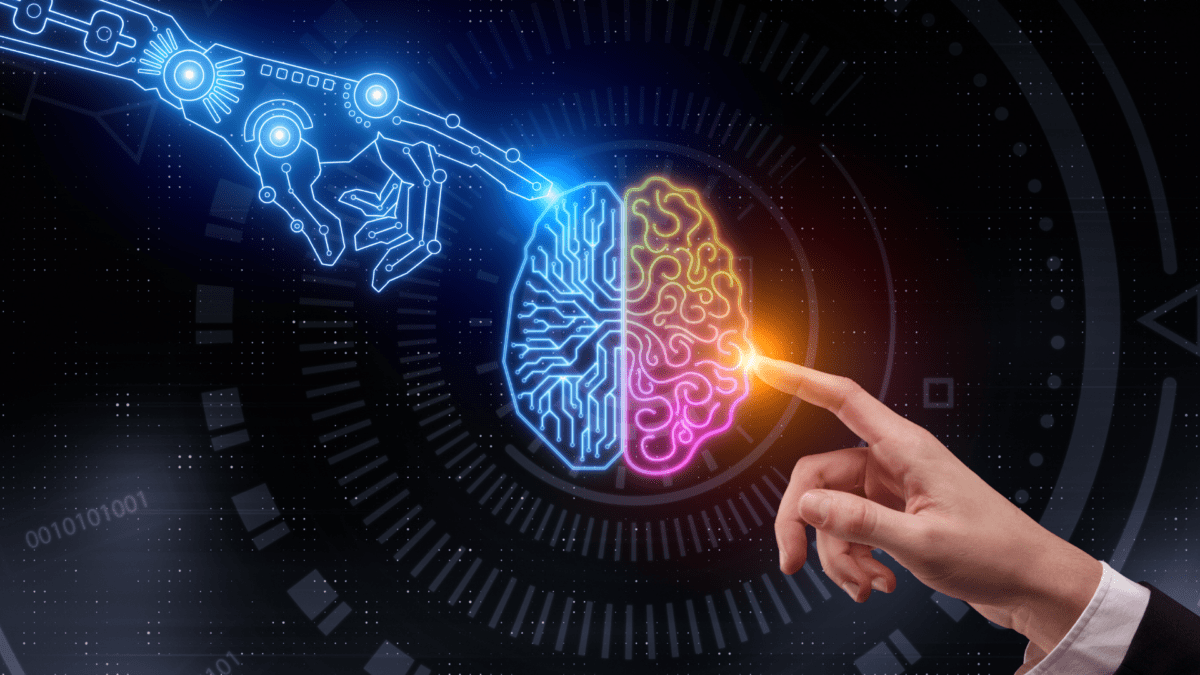Prof. Peter Wayne introduced the lecture by referring to the holistic approach offered by the Ancient Medical systems of healthcare as compared to Modern Medicine. The ancient systems aimed at treating the whole person and enhancing the interconnection between physiological bodily systems. Tai Chi, takes an ecological view, as compared to the modern mechanistic view. Modern Medicine, though highly specialized, tends towards reductionism, perception of fragmentation of the body and healthcare, and the more recent Precision Medicine studies it at a molecular level, all these approaches sometimes ‘missing the forest for the trees’.
Tai Chi is an internal Chinese martial art practiced for defensive training, health benefits and meditation and has practitioners all over the world from Asia to the Americas. Tai Chi’s approach is to integrate mind–body function through multimodal interventions that strengthen, even as they relax body and mind. It is the key to reduce muscle stress, improve motor coordination and create greater sensory awareness. The whole spread of these multimodal interventions include aerobic exercise, dynamic structural integration, active relaxation of mind and body, enhancing awareness, mindfulness and focused attention, consolidating intention, beliefs, expectations, natural free breathing, social and community interactions and philosophical, spiritual and ritualistic outlook, all within a set time-frame – an integrative approach ‘with a smooth, sustained flow, like wading through water’. Qigong is an allied system to Tai Chi to cultivate and balance life energy for health and wellbeing.
Prof. Wayne stressed that cognitive decline and falls in the elderly constitute a major Public Health concern. Falls can result in irreversible health consequences and add substantially to the economic burden on health care system. In this scenario, traditional approaches to preserve cognitive function, delay cognitive decline and prevent falls in the elderly may have a role to play. Towards this goal, Prof. Wayne presented studies which provided evidence base to prove the efficacy of Tai Chi and Qigong.
1Tinetti’s (2003) was one of the early observational studies on ‘prevention of falls in the elderly’. She provides guidelines for management of elderly above 75 years with a history of a previous fall. She lists the conditions which have been shown to increase the subsequent risk of falling which need to be investigated : “arthritis; depressive symptoms; orthostasis; impairment in cognition, vision, balance, gait, or muscle strength; and the use of four or more prescription
medications”. An exercise regimen to improve gait balance and muscle strength have been suggested by her.
2Logghe et al (2010) conducted a meta-analysis to study the effects of Tai Chi on fall prevention, fear of falling and balance in older people. Randomized controlled trials published between 1988 and January 2009 were included and compared with non-exercise controls. Nine trials (representing 2203 participants) were included in the analyses, where compared with exercise controls, Tai Chi participants showed notable improvement. Linking the cognitive and the affective, in elderly who have experienced a fall earlier, (sometimes with less serious sequelae), revealed that a lasting concern about falling, results in an individual avoiding activities that he/she remains capable of performing. Ironically, this is a key factor that leads to falling in the future.
3Fuzhong Li (2016) conducted a study with the objective of evaluating the impact a fall prevention intervention in the community senior centers in Oregon The method followed was a single-group design. It was to evaluate the Tai Chi and Quigong or Tai Ji Quan Moving for Better Balance (TJQMBB) program adopted, with population reach, implementation, effectiveness, and maintenance .The study population was from 36 senior centers in 4 Oregon counties between 2012 and 2016. The primary outcome measure, as part of the effectiveness evaluation, was number of falls as ascertained by self-report. Trained TJQMBB instructors delivered the program to community-dwelling older adults for 48 weeks, with a 6-month post-intervention follow-up. The program resulted in a 49% reduction in the total number of falls and improved physical performance, providing evidence base to conclude that TJQMBB is an effective public health program that can be broadly implemented for primary prevention of falls among community-dwelling older adults.
As a follow up to the previous study, 4Fuzhong Li et al (2018) conducted a single-blind, 3-arm, parallel design, randomized clinical trial over a 3 year period in Oregon with the objective of studying the therapeutic efficacy of Tai Chi and Qigong or Tai ji Quan (TJQ) intervention versus multimodal exercise routine among older adults at high risk of falling. ‘TJQ Moving for Better Balance’ (TJQMBB), developed on the classic concept of Tai Chi was studied against a multimodal exercise (MME) program and a stretching exercise routine in reducing falls, as an intention-to-treat assignment. 670 who had fallen in the preceding year, or had impaired mobility, consented and were enrolled. During the trial, there were 152 falls (85 individuals) in the TJQMBB group, 218 (112 individuals) in the MME group, and 363 (127 individuals) in the stretching exercise group. It was concluded that among community-dwelling older adults at high risk for falls, a therapeutically tailored Tai Chi Qigong balance training intervention was more effective than conventional exercise approaches for reducing the incidence of falls.
Normal gait depends not only on musculo-skeletal efficiency and co-ordination, but on cognitive stimulation of the prefrontal cortex, executive function, showing the interdependence of cognition and motor function which is more obvious with the process of ageing. 5 Verghese et al (2013) in their study ‘Motoric Cognitive Risk Syndrome (MCR) and the Risk of Dementia’ correlate gait speed and cognitive function, and the risk of future dementia. MCR syndrome is a more recently recognised predementia syndrome, characterized by cognitive complaints and slow gait in older individuals without dementia or prior history of mobility disability. MCR syndrome provide a clinical approach to identify individuals at high risk for dementia, (especially vascular dementia) and offer the benefit of preventive intervention. There is MRI evidence to show that after 40 weeks of Tai Chi training in non-demented individuals there is an increase in total brain volumewhich isreflected in an improvement in cognitive performance.
6Wayne et al (2022) conducted a meta-analyses of Tai Chi’s benefits to cognition observable in the brain. Studies included in the analyses had detailed cognitive testing records. The study supports small to moderate, but clinically relevant improvements in executive function following 10 weeks to 1 year of Tai Chi training in cognitively intact adults. The effect sizes were equivalent to those reported following other exercise and cognitive training.
To introduce a cognitive function accompanying gait, a dual task of thinking or talking while walking was studied. Walking with counting backward as a dual task was tested. With Tai Chi training, dual task walking improves more than with routine exercise regimen. This showed benefit when employed on patients with Parkinson’s disease. Prof. Wayne, as a matter of interest, pointed out that Boston Tai Chi experts have greater regular gait rhythm when challenged with dual cognitive task than those without such training.
Tai Chi training can reduce both chronic pain and depression. In a study 7Quixadá (2022) showed that Qigong training positively impacts both posture and mood in breast cancer survivors (BCS) with persistent post-surgical pain (PPSP). Pain catastrophizing has been shown to increase the risk of developing PPSP in BCS. With a 12-week Qigong mind-body training program for BCS, most of the participants who improved in measures of fatigue also improved their vertical head angle. The severity of the pain decreased and the vertical spine angle improved. Qigong may be a promising intervention for addressing biopsychosocially complex interventions such as PPSP in BCS. This training could be applied to other chronic medical conditions with interdependence of posture, affect and complex interactions between trauma, pain, and impaired psychosocial function. Qigong enabled participants to reconnect mind and body and this is best brought out by quoting from an excerpt from a BCS participant of the study: “How you feel about your body is a challenge after you’ve had breast cancer. … [But] mind and body have to be interconnected. All of it together [in Qigong] relaxes you and helps you stretch out a little bit, calm you down, help you think about your body in a different way, and trust your body to get inside yourself in a different way.”
Research toward an embodied cognition framework for mind-body has been suggested by 8Osypiuk, (2018). Contemporary and traditional mind-body practitioners describe their interventions (including Qigong) as enhancing interoceptive and proprioceptive bodily awareness, connecting body schema and body image and creating the sense of the minimal and implicit self. A unitary conceptualization of body and mind has been elaborated by Shunrya Suzuki 9(Suzuki, 1970), a Zen Buddhist teacher in ‘Zen Mind, Beginner’s Mind’ and how the right posture in itself leads to attaining the right state of mind. He suggests that if your mind is empty, it is always ready to receive anything; it is open to everything. In his all -encompassing wisdom he states that in the beginner’s mind there are many possibilities; in the expert’s mind there are few.
Prof. Wayne summed up the efficacious role that Tai Chi and Qigong training can play in areas of cognition and gait in the elderly. Some of the references in the lecture have been provided below for easier accessibility.















